-
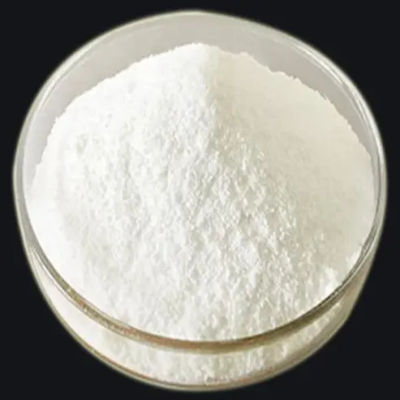
6-Methyl-4-phenylchroman-2-one CAS:40546-94-9
6-Methyl-4-phenylchroman-2-one is a chemical compound with a chroman ring structure, consisting of a methyl group, a phenyl group, and a ketone group. It exhibits specific properties that make it valuable in various applications.
-
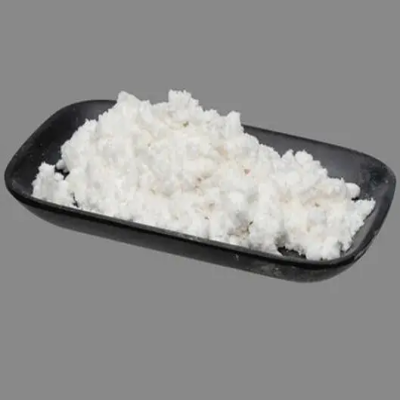
3-(2-Methoxy-5-methylphenyl)-3-phenyl propanol CAS:124937-73-1
3-(2-Methoxy-5-methylphenyl)-3-phenyl propanol is a chemical compound with a molecular structure containing a methoxy-methylphenyl group and a phenyl group attached to a propanol backbone. It possesses unique properties that make it valuable in various applications.
-
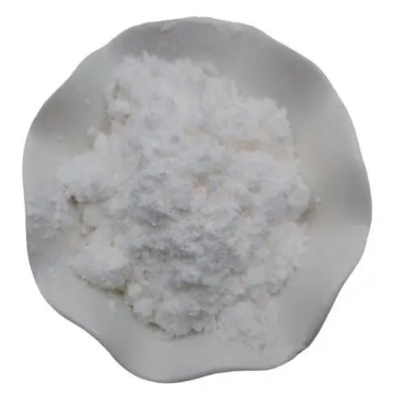
2-Aminoethanethiol hydrochloride CAS:156-57-0
2-Aminoethanethiol hydrochloride, also known as cysteamine hydrochloride, is a chemical compound used in various applications due to its unique properties and reactivity. It contains an aminoethyl group and a thiol group, making it valuable in organic synthesis and biochemical research.
-
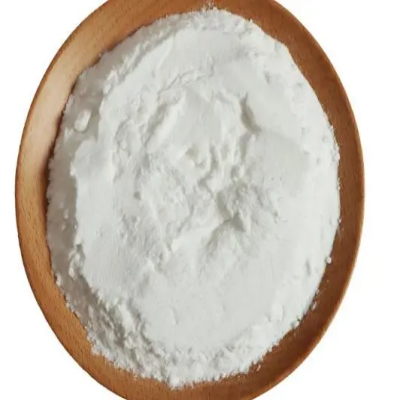
2-Bromo-2-methylpropionyl bromide CAS:20769-85-1
2-Bromo-2-methylpropionyl bromide is a chemical compound with a molecular structure containing a bromine atom attached to a 2-methylpropionyl group. It is known for its reactivity and use as a versatile building block in organic synthesis.
-

2-(2-Methoxyphenoxy)ethylamine hydrochloride CAS:64464-07-9
2-(2-Methoxyphenoxy)ethylamine hydrochloride is a chemical compound with the molecular formula C9H14ClNO2. It consists of an ethylamine group attached to a phenoxy moiety, with a methoxy group on the phenyl ring. It exists in the form of a hydrochloride salt.
-
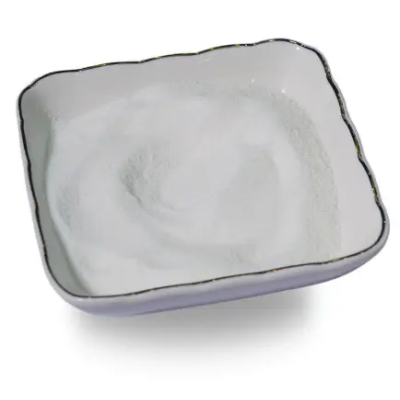
2-Cyano-4′-methylbiphenyl; OTBN CAS:114772-53-1
2-Cyano-4′-methylbiphenyl, also known as OTBN, is a chemical compound with a molecular structure consisting of a cyano group attached to a biphenyl ring that contains a methyl group. It possesses specific properties that make it valuable in various applications.
-
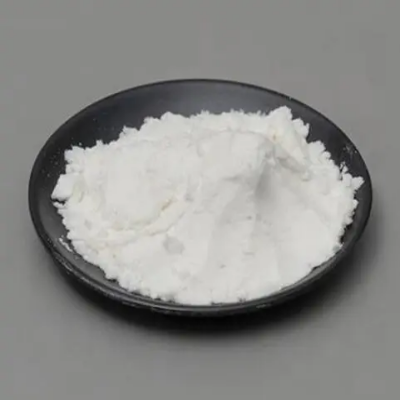
Methyl-4-Methyl-1,1′-Biphenyl-2′-Carboxylate CAS:114772-34-8
Methyl-4-Methyl-1,1′-Biphenyl-2′-Carboxylate is a chemical compound with a molecular structure consisting of a methyl ester attached to a 4-methyl-1,1′-biphenyl-2′-carboxylic acid. It possesses specific properties that make it valuable in various applications.
-
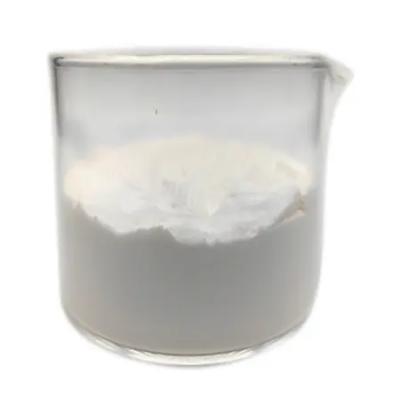
tert-butyl 2-(3,5-dichlorophenyl)cyclopropylcarbamate CAS:
Tert-butyl 2-(3,5-dichlorophenyl)cyclopropylcarbamate is a chemical compound characterized by the presence of a tert-butyl group linked to a cyclopropylcarbamate moiety with a 3,5-dichlorophenyl substitution. This molecule’s unique structure imparts distinct reactivity and functional properties, making it a valuable building block in organic synthesis. Tert-butyl 2-(3,5-dichlorophenyl)cyclopropylcarbamate offers versatility in creating diverse organic compounds and potential applications in pharmaceuticals, agrochemicals, and materials science.
-

Methyl 2-(2-methoxyphenyl)propanoate CAS:60779-19-3
Methyl 2-(2-methoxyphenyl)propanoate is a chemical compound with a notable presence in organic chemistry. This molecule features a methyl ester group attached to a propanoic acid moiety substituted with a 2-methoxyphenyl group, offering unique reactivity and structural properties. Methyl 2-(2-methoxyphenyl)propanoate serves as a valuable intermediate for synthesizing various organic compounds due to its versatile nature and potential applications in pharmaceuticals, agrochemicals, and materials science.
-
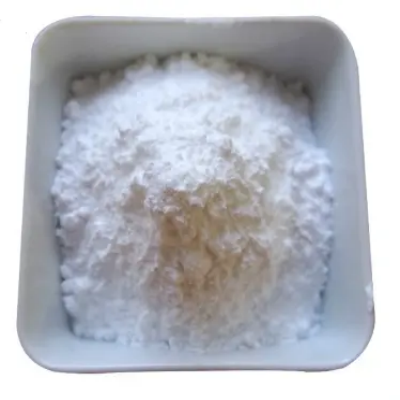
R-(+)-α-Lipoic acid sodium salt CAS:176110-81-9
R-(+)-α-Lipoic acid sodium salt is a biologically active form of alpha-lipoic acid presented as a sodium salt. This compound is the natural enantiomer of lipoic acid, offering potent antioxidant properties and potential health benefits. The sodium salt formulation enhances solubility and bioavailability, making it an ideal supplement for various applications in nutraceuticals, pharmaceuticals, and research settings. R-(+)-α-Lipoic acid sodium salt is recognized for its ability to scavenge free radicals, support cellular energy production, and promote overall well-being.
-
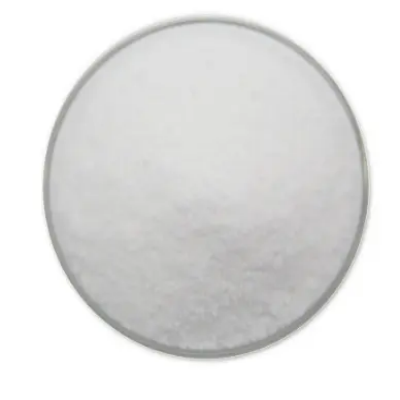
tert-butyl 3-(1-ethoxy-1-oxopropan-2-yl)piperidine-1-carboxylate CAS:2107387-95-9
Tert-butyl 3-(1-ethoxy-1-oxopropan-2-yl)piperidine-1-carboxylate is a chemical compound with a complex structure that offers versatility in organic synthesis. This molecule contains a tert-butyl group attached to a piperidine ring substituted with a carboxylate group and an ethoxy-oxoalkyl side chain. Tert-butyl 3-(1-ethoxy-1-oxopropan-2-yl)piperidine-1-carboxylate serves as a valuable building block for the preparation of diverse organic compounds due to its unique reactivity and potential applications in medicinal chemistry, materials science, and agrochemical research.
-
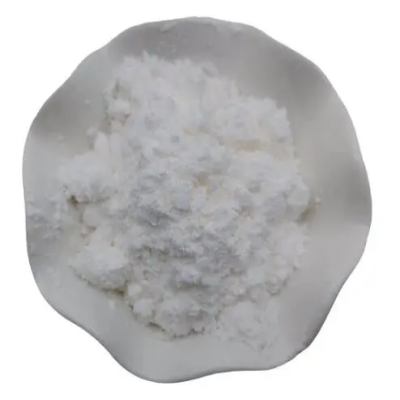
tert-Butyl(2-cyanopropan-2-yl)carbamate CAS:133117-97-2
Tert-Butyl(2-cyanopropan-2-yl)carbamate is a chemical compound known for its versatile applications in synthetic chemistry. This molecule, with its unique structure containing a tert-butyl group, cyanopropan-2-yl moiety, and carbamate functional group, serves as a valuable building block for the synthesis of complex organic compounds. Tert-Butyl(2-cyanopropan-2-yl)carbamate offers researchers and chemists a convenient tool for structure modification and diversity-oriented synthesis strategies, making it a key intermediate in the development of new materials and bioactive molecules.

